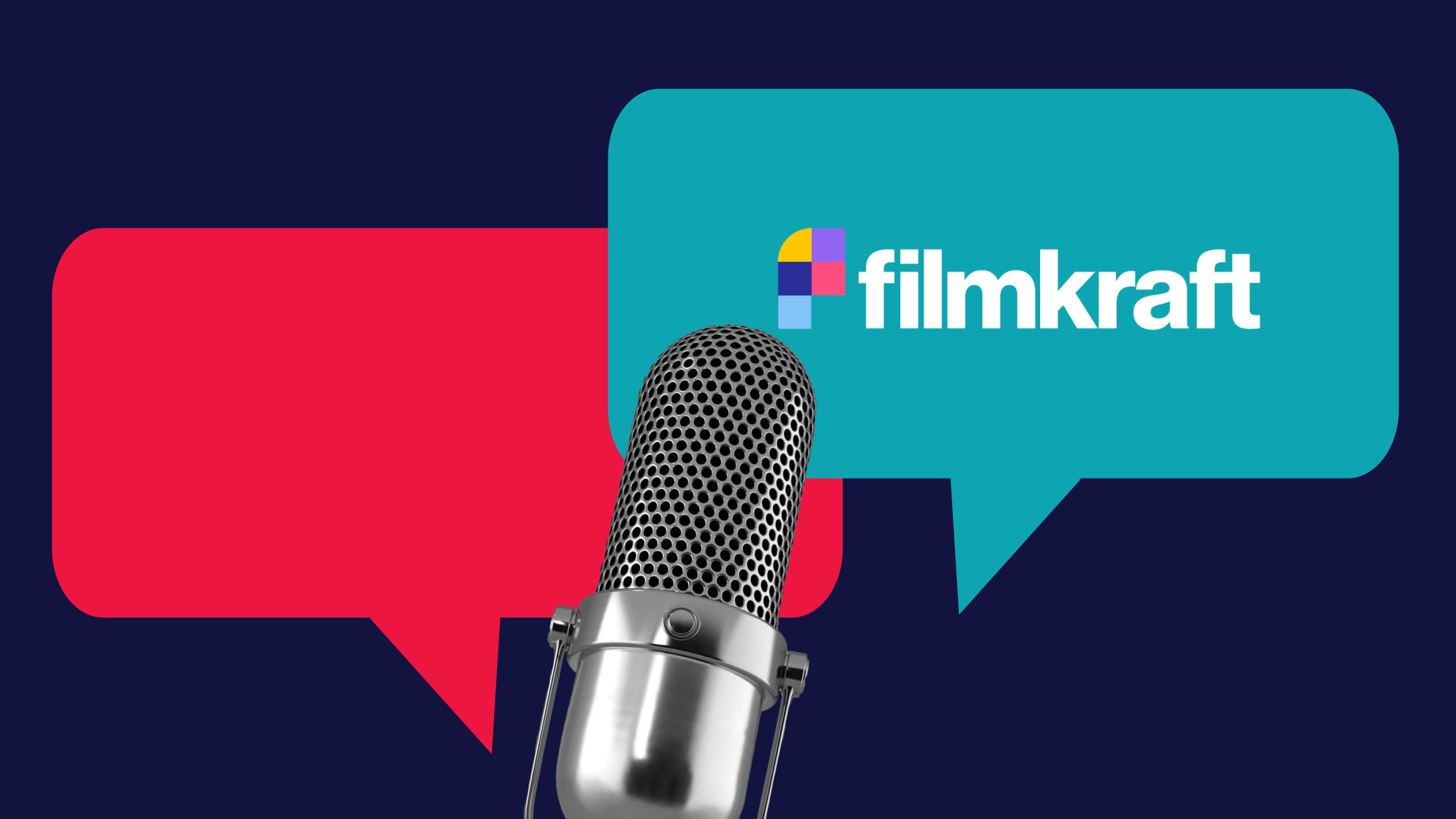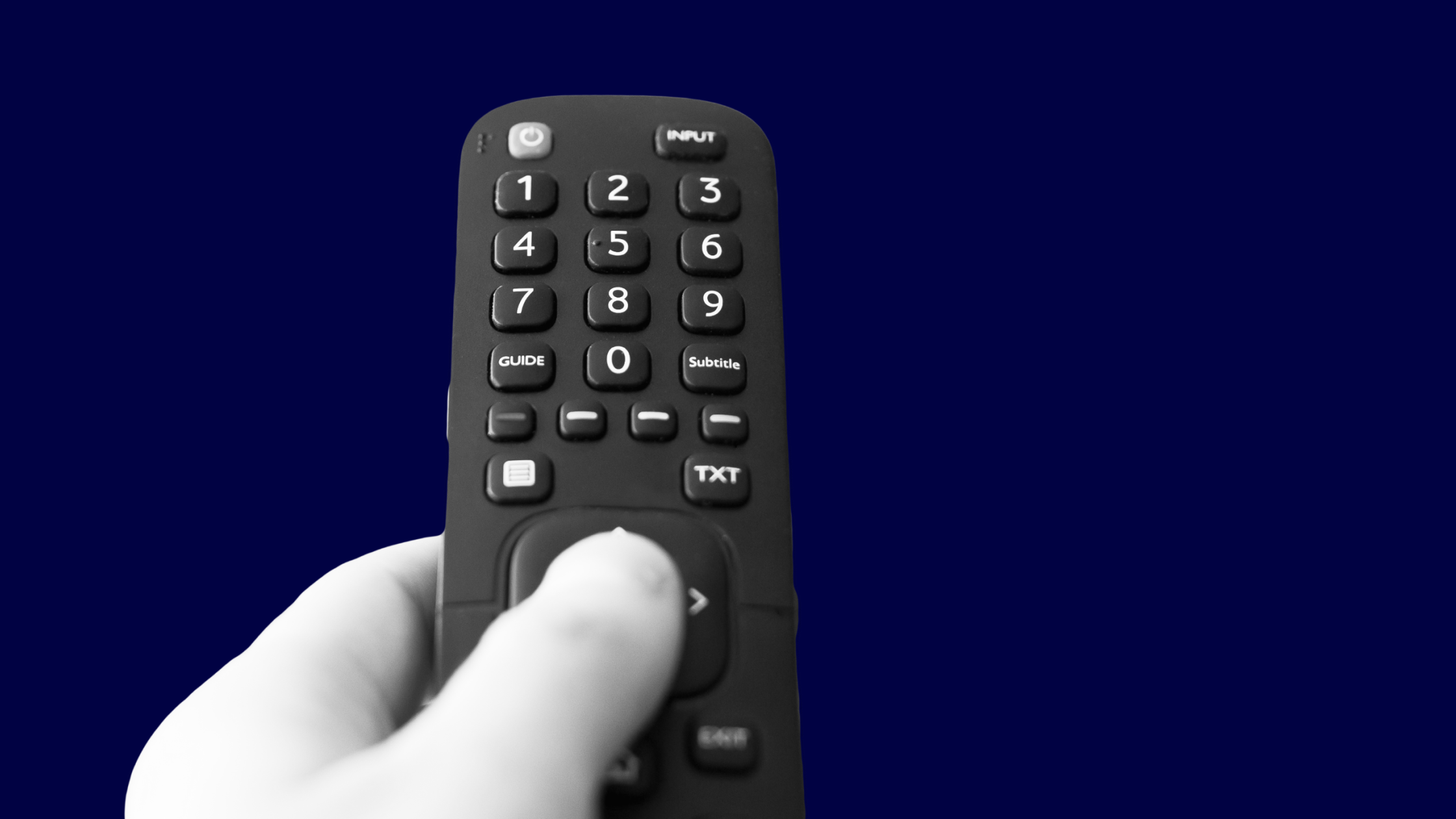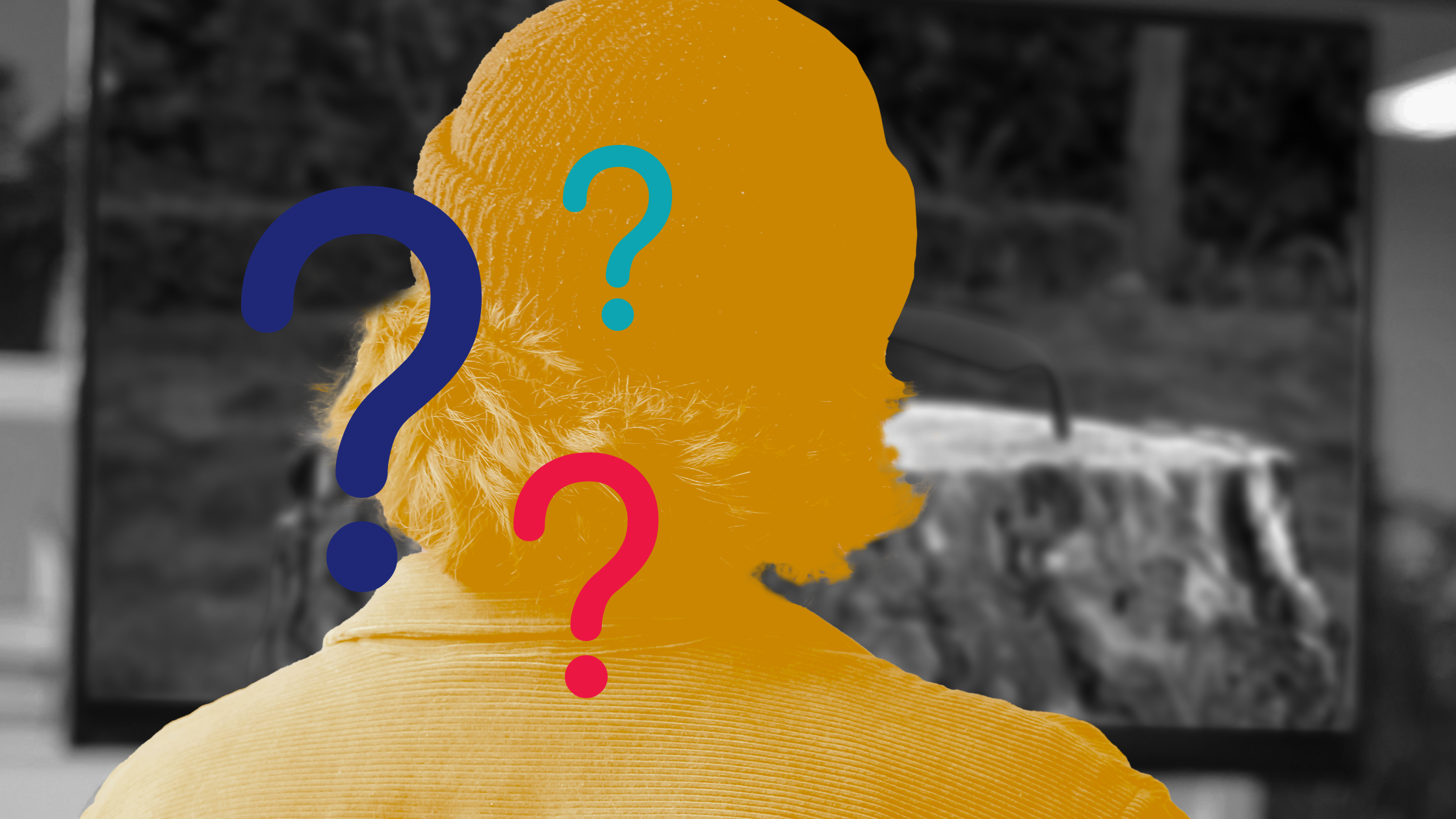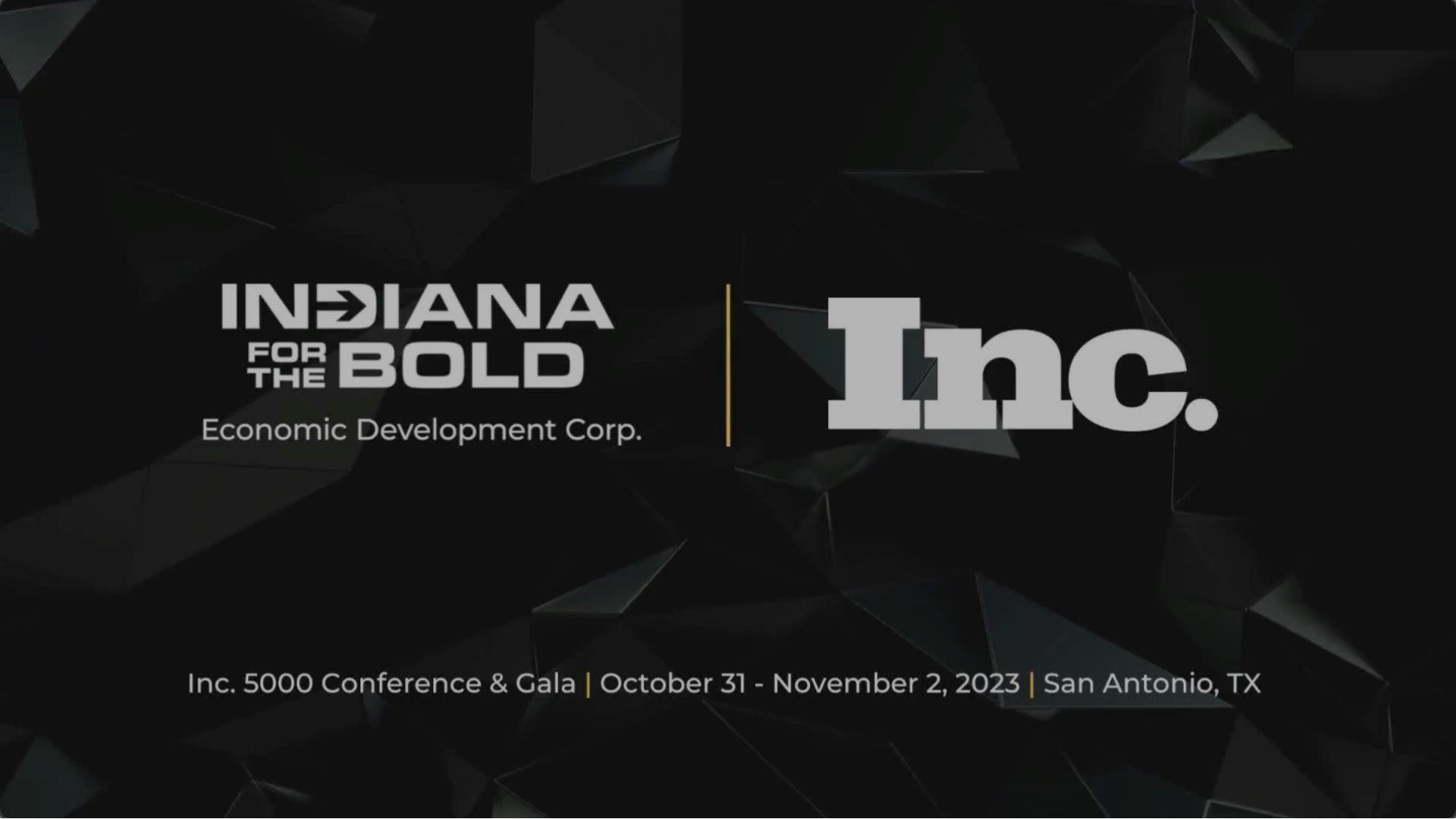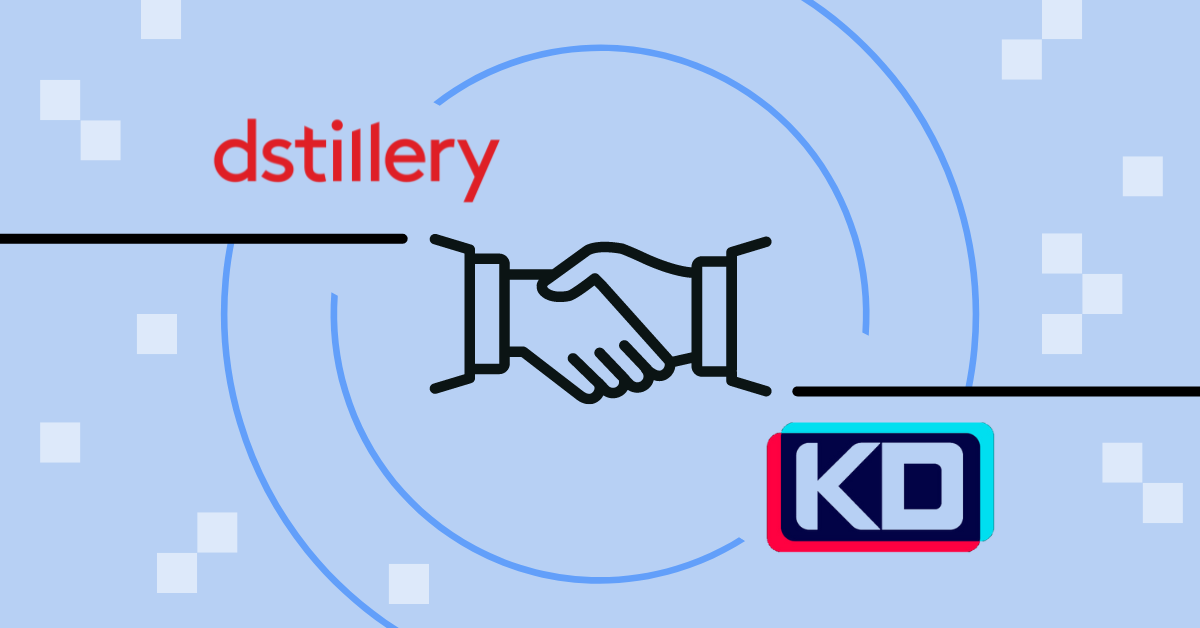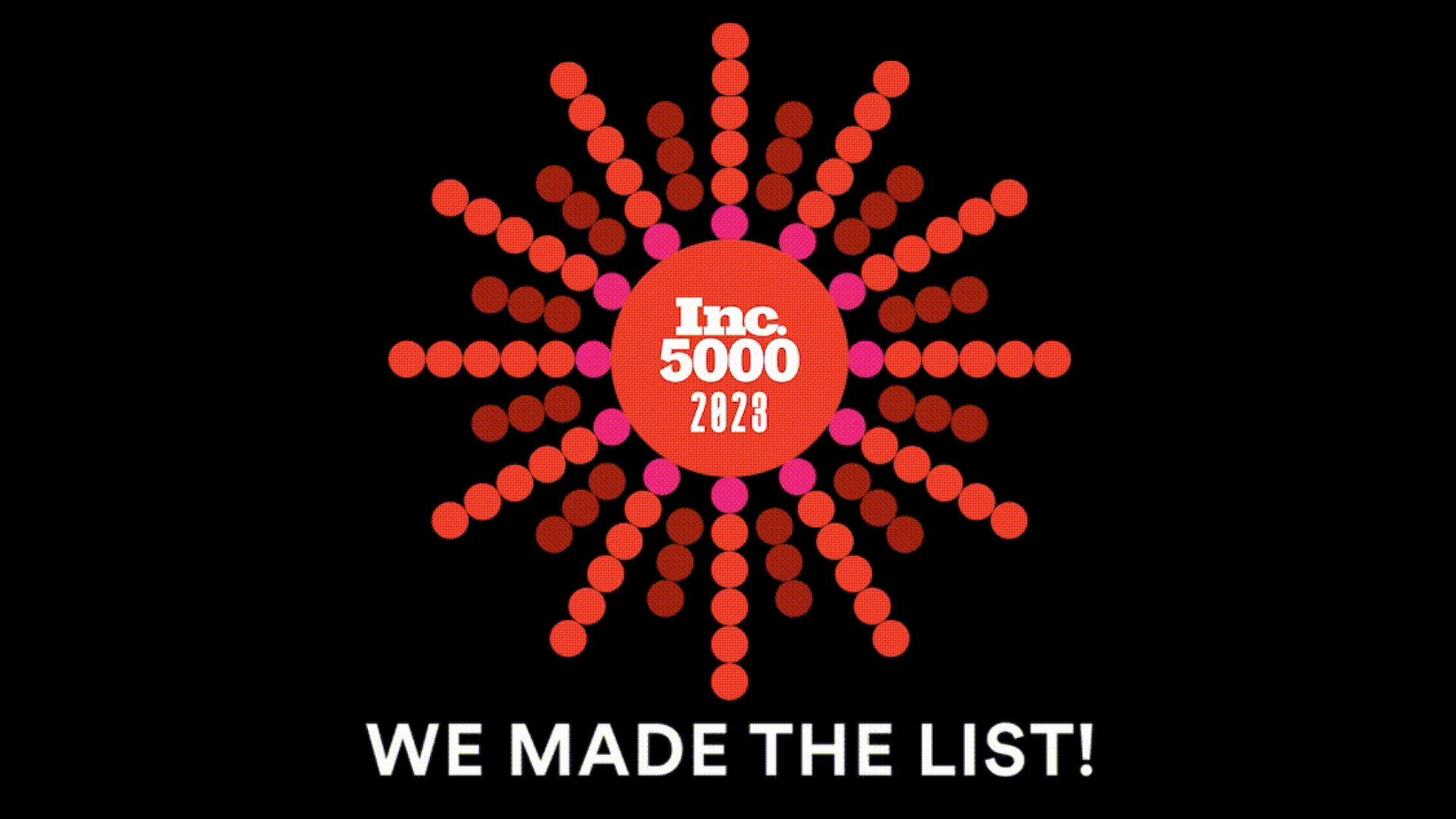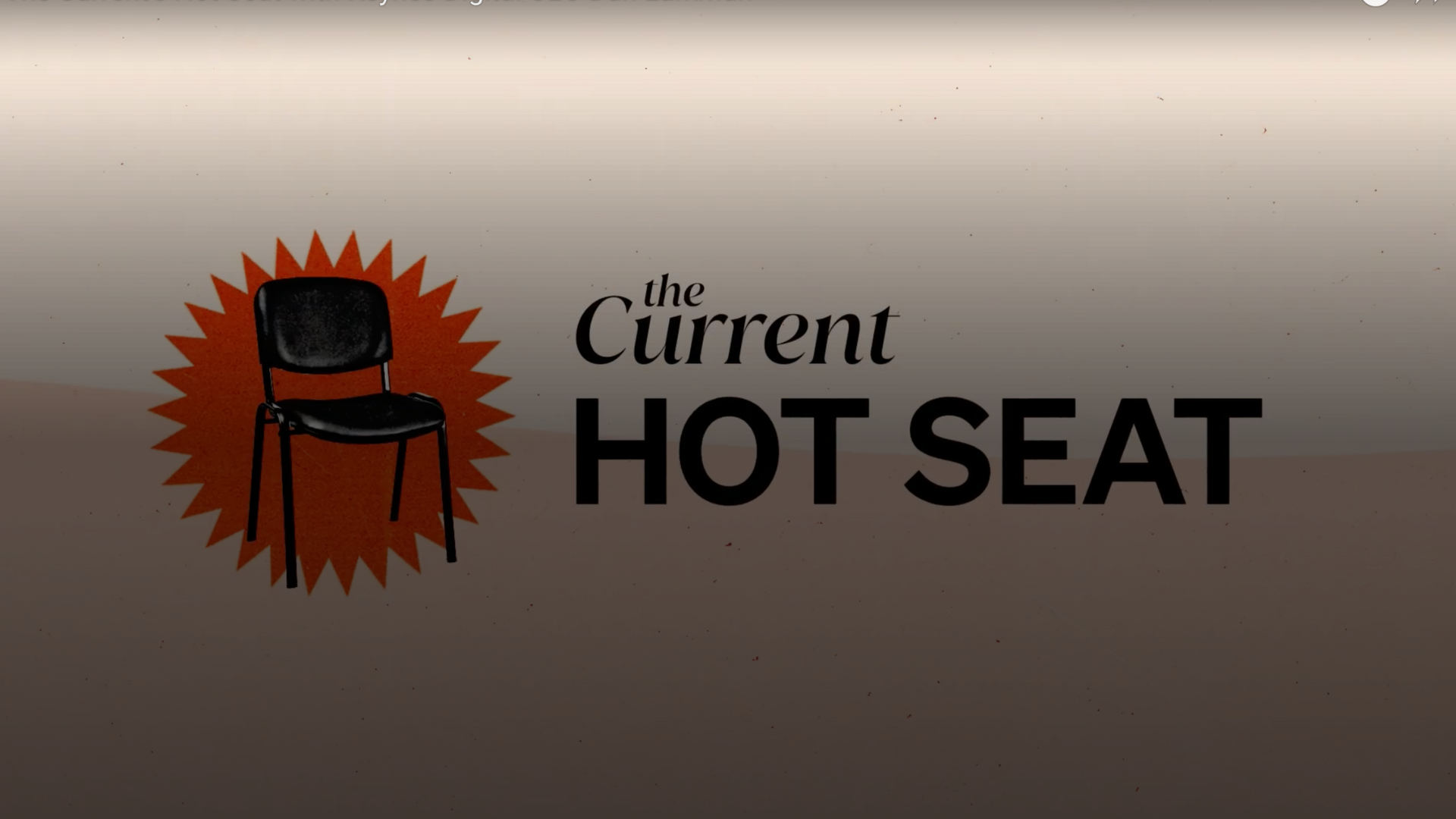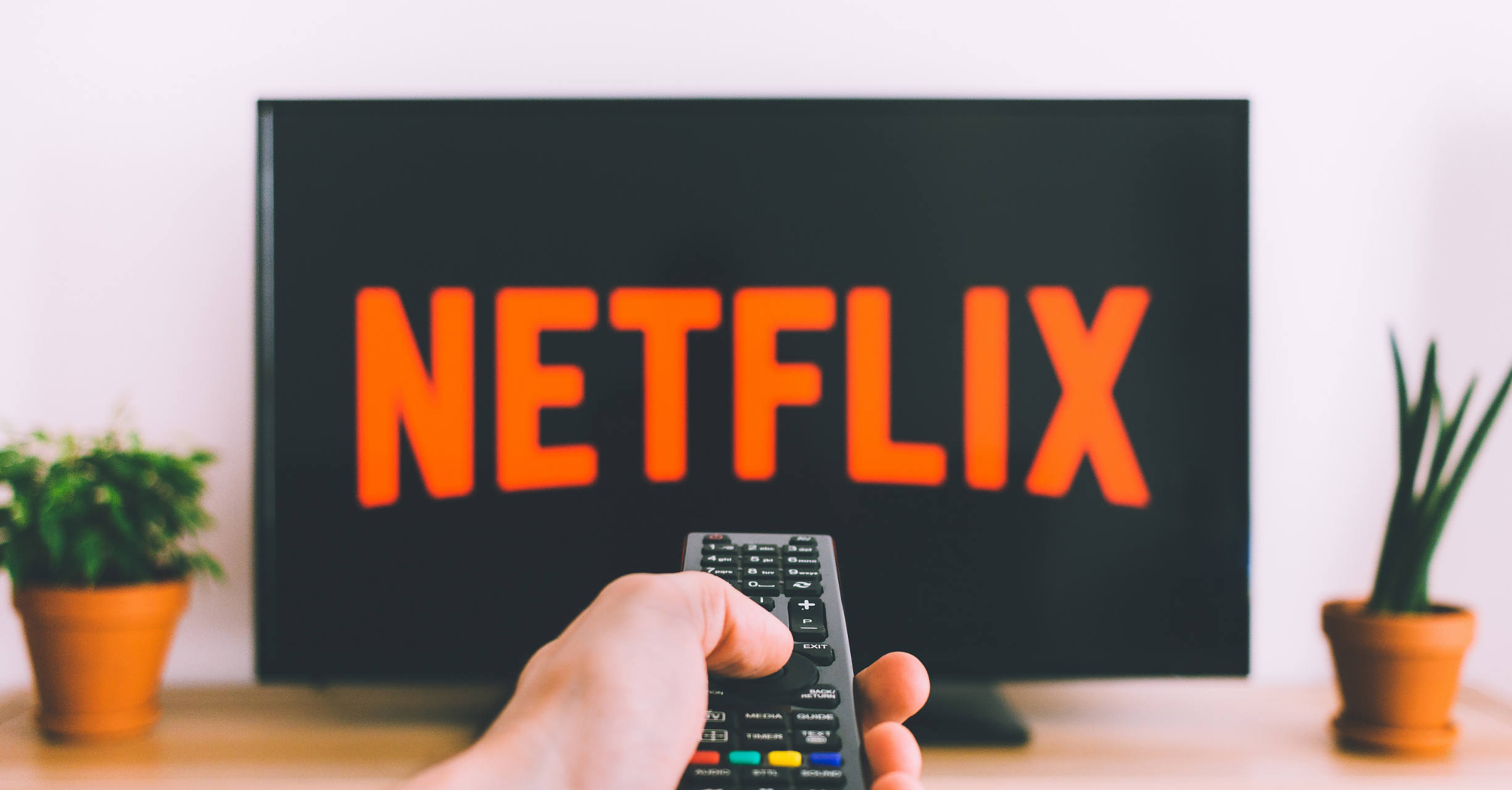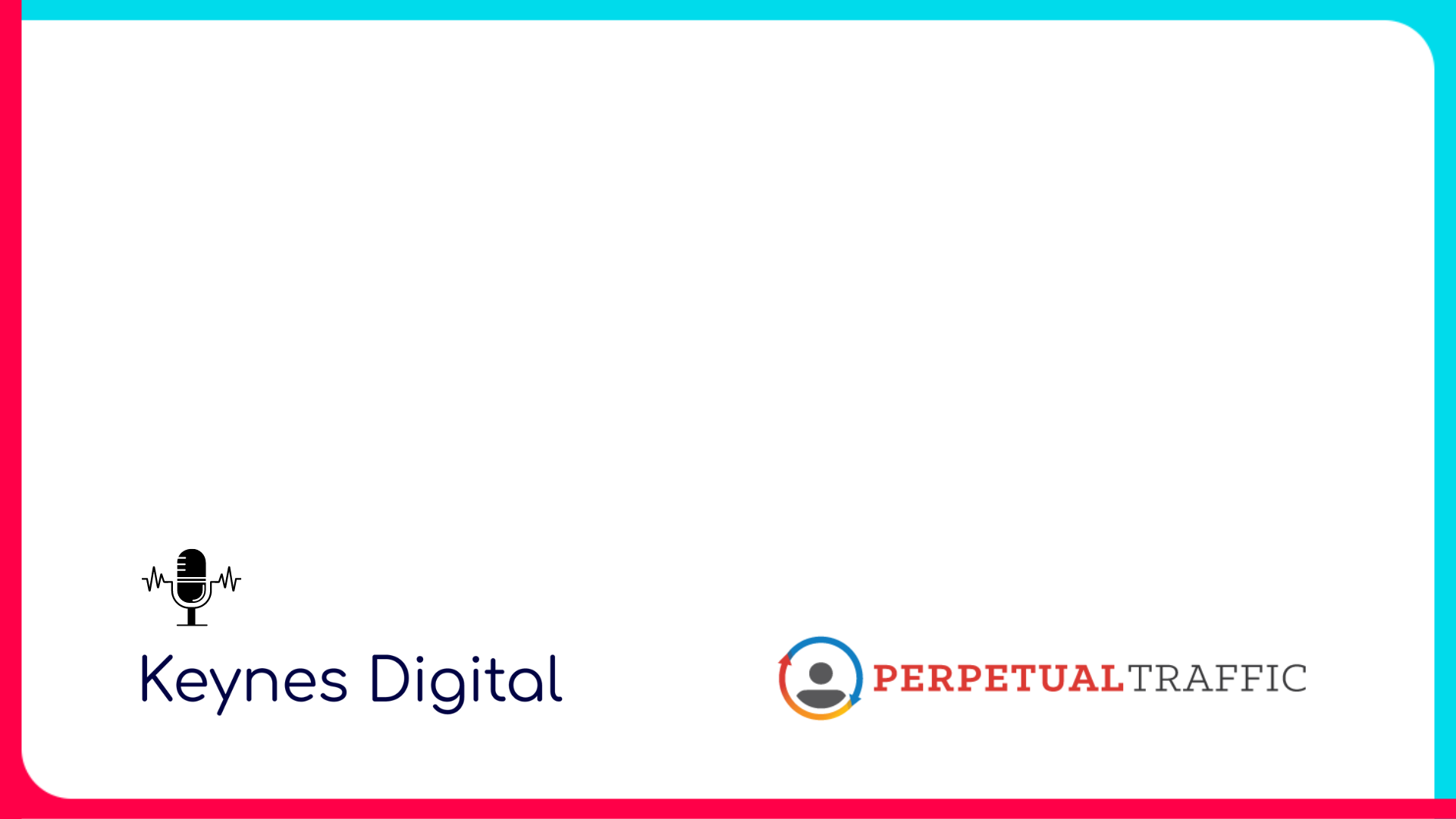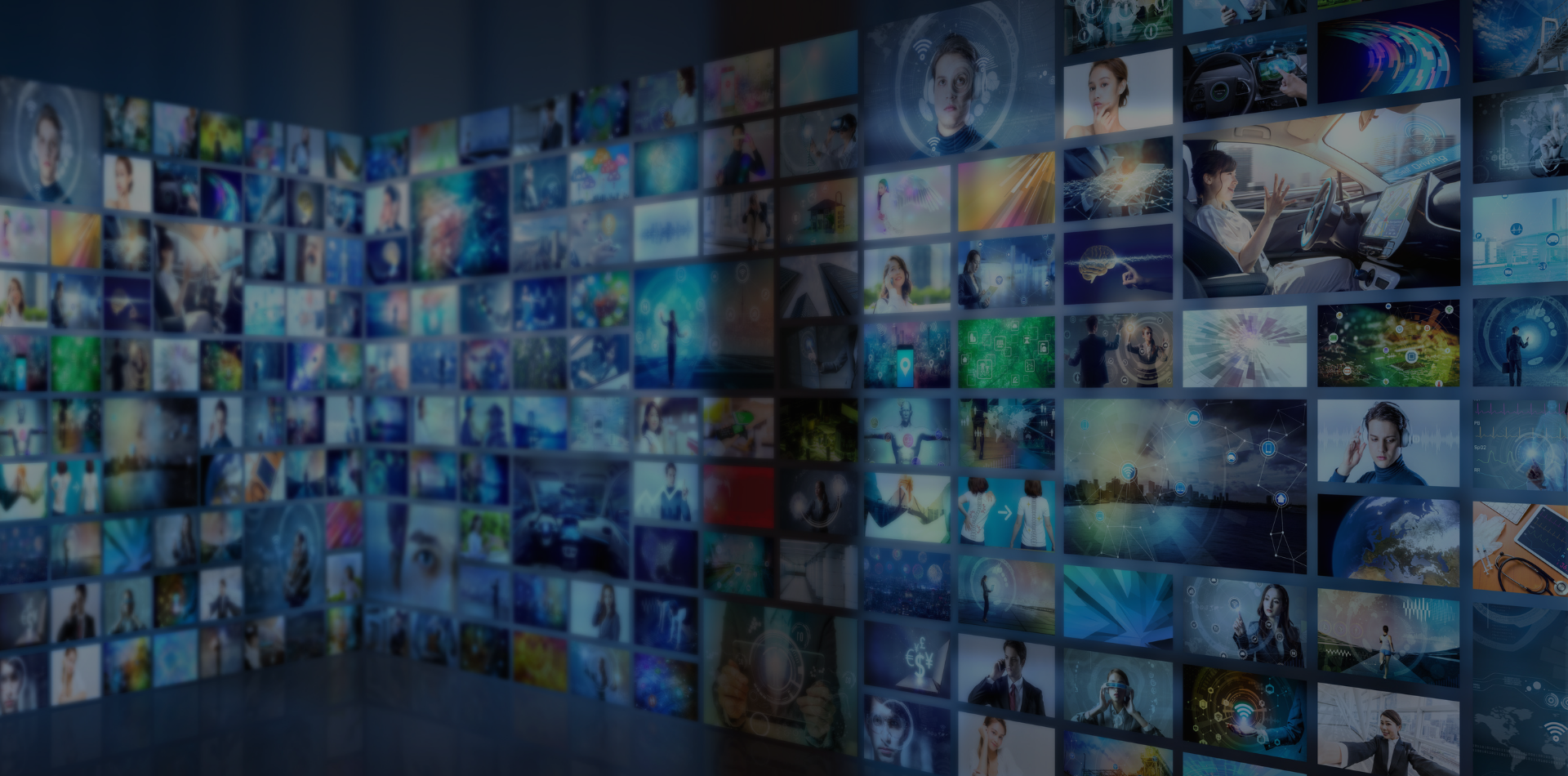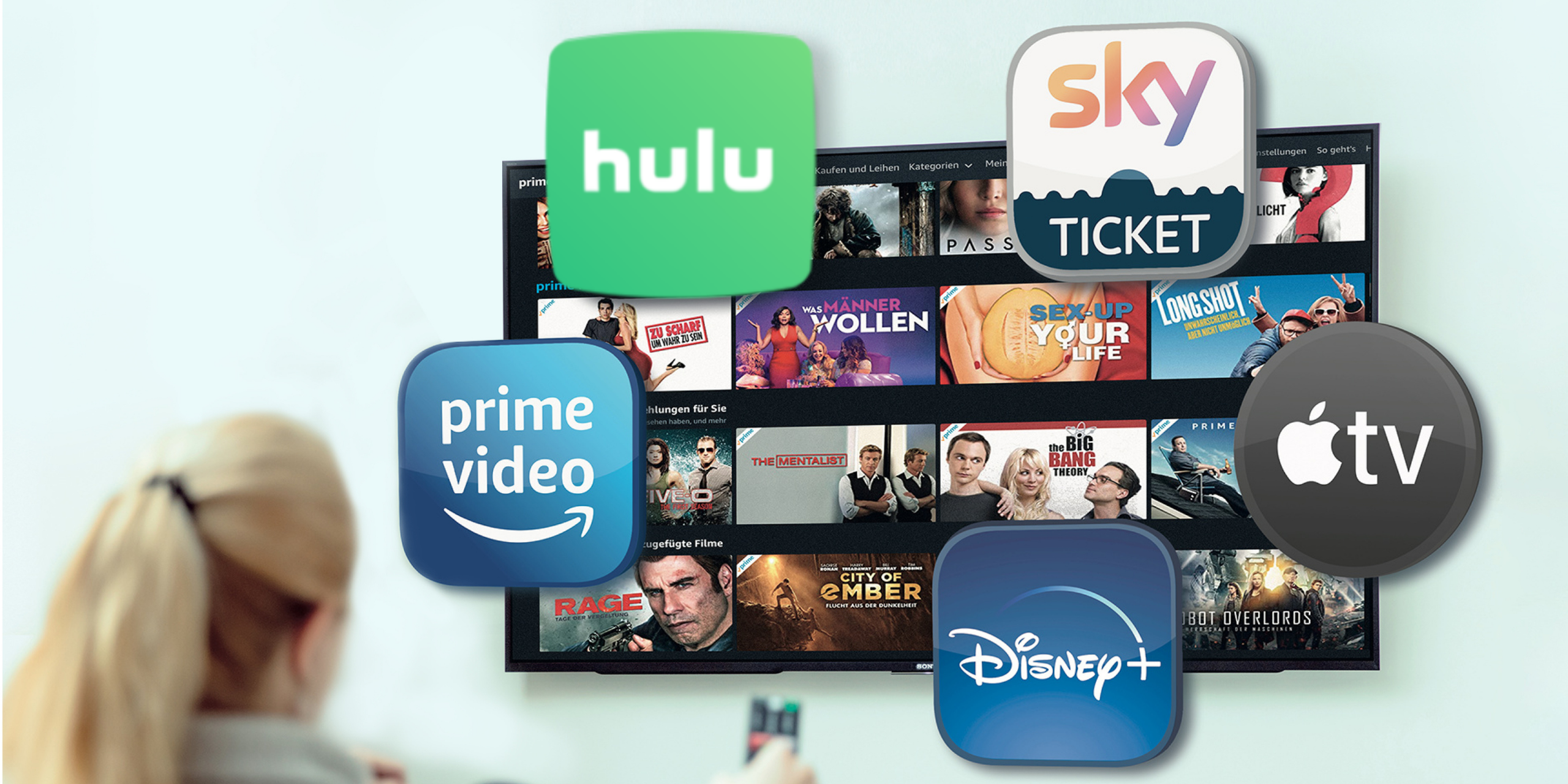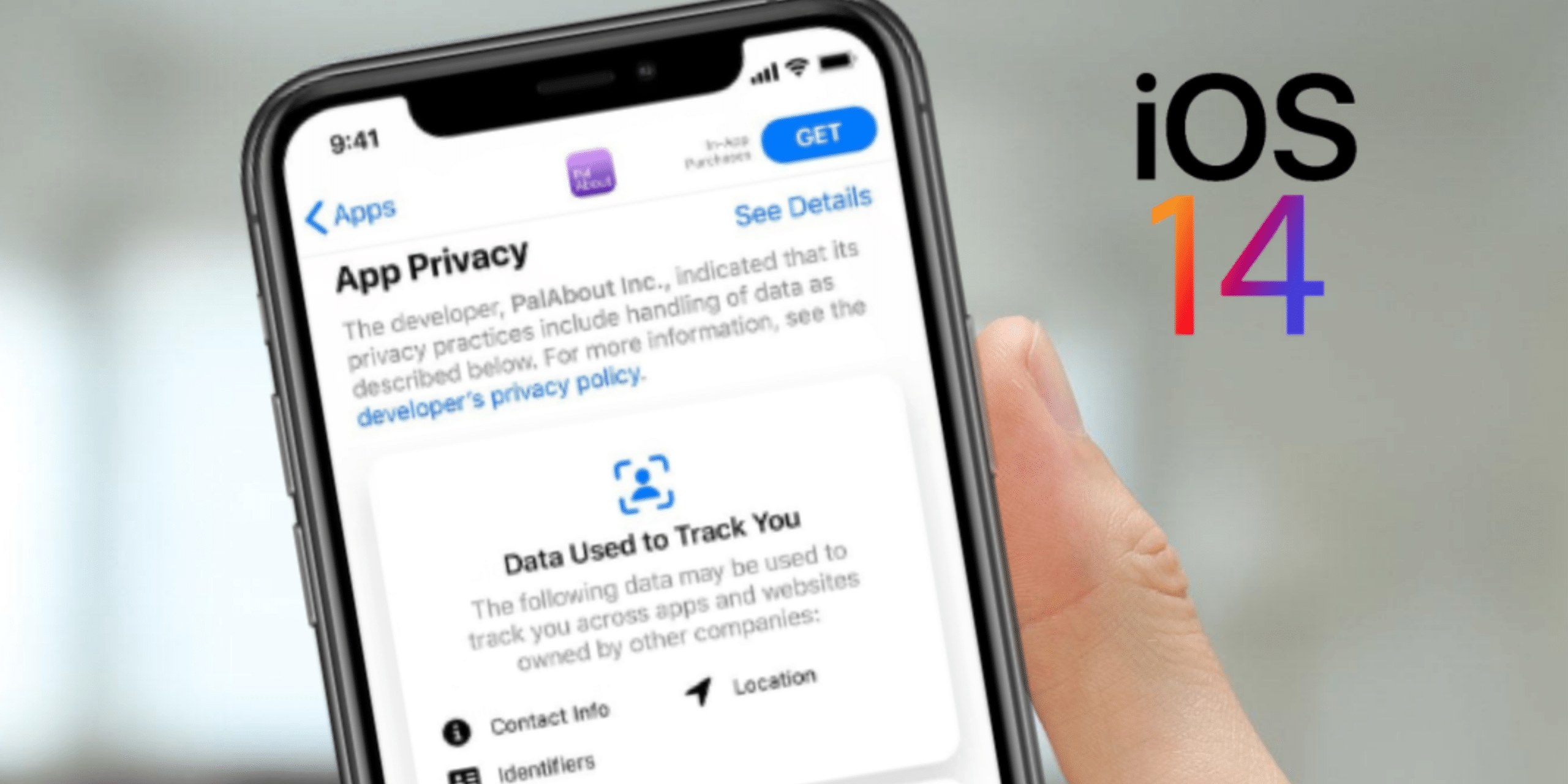“Half the money I spend on advertising is wasted, the trouble is I don’t know which half.”
-John Wanamaker
With the rapid advancements in advertising agency partnerships, brands have been forced to make hard shifts. Most traditional agencies are a decade past due in the digital space, which essentially triggered their overall downfall in value. As client dissatisfaction grew and technologies continued to become more advanced, agencies restructured the advertising industry by filling in the gaps.
Marketing services pivoted abruptly just to meet the needs of clients, brands and their customers. We think it’s important for Marketers to know exactly why the traditional agency model has lost its value in today’s modern society.
Why would a brand use a traditional ad agency?
Traditional ad agencies specialize in traditional forms of media, like linear television, radio, direct mail, billboards and print. Brands use a traditional advertising approach to reach local, regional or national audiences. These agencies ultimately set the ground rules for TV commercials, so naturally, they’re looked upon as specialists. With modern-day technologies, however, “traditional” isn’t quite cutting it.
Running ads on linear TV may be a great branding play, but the costs often times outweigh the returns. Not to mention, many traditional agencies have spend requirements of over $100,000 with exorbitant hidden fees and “middle men” taking a slice of the pie.
Is there value in partnering with a traditional agency model?
Traditional agencies offer the exposure and brand awareness that come with being on TV. However, their archaic set-up, structure and working practices have led to increasing secrecies and trust issues.
From a client perspective, this model can’t support growing innovation and industry changes. As a result, agencies are becoming third-party players driven by profit and sprawling client relationships.
From an employee perspective, the hierarchy feeds off hiring junior people who are attracted to perks and an office culture. Because these traditional agencies are known as high players, this enables them to hire at low-paying salaries with high chances of talent exhaust due to the lack of expertise, direction and communication.
Marketer’s today have a more complex workload, yet still spend much of their time on admin. They’re searching for simple and efficient tools they can trust and rely on, such as services that offer both forward-thinking strategies and brand-building creative solutions. This puts the value of traditional TV no longer a reliable results-driven solution. The programmatic advertising industry reworked the disingenuous partnerships that turned the traditional profit-based values into client-based values.
Advice for marketers using agencies with automated tools.
The unpredictable marketing landscape means most likely spending more and more time trying to keep up with the latest tips and trends. Automation tools not only increase output, they spot inefficiencies quicker, resulting in minimal human error which saves marketers precious time and money while building their brand.
As consumer trends continue shifting to online, having a digital marketing presence is crucial to driving growth. That said, traditional agency models haven’t evolved to inherit the expertise to provide the attention a digital marketing campaign requires, especially with TV.
But, with fewer and fewer US cable subscribers, traditional TV is no longer king. According to The Trade Desk, 27% of US cable subscribers intend to cut the cord in 2021–an additional 12% from 2020 numbers. This means that fewer than 78 million U.S. households had a cable subscription at the start of 2021 compared to more than 84 million households being reachable via streaming services.
So why are traditional agencies dying? Digital advertising automation tools offer the ability to drive direct response outcomes. So, instead of throwing money aimlessly at their targets, marketers can pay less for their exact audience.





